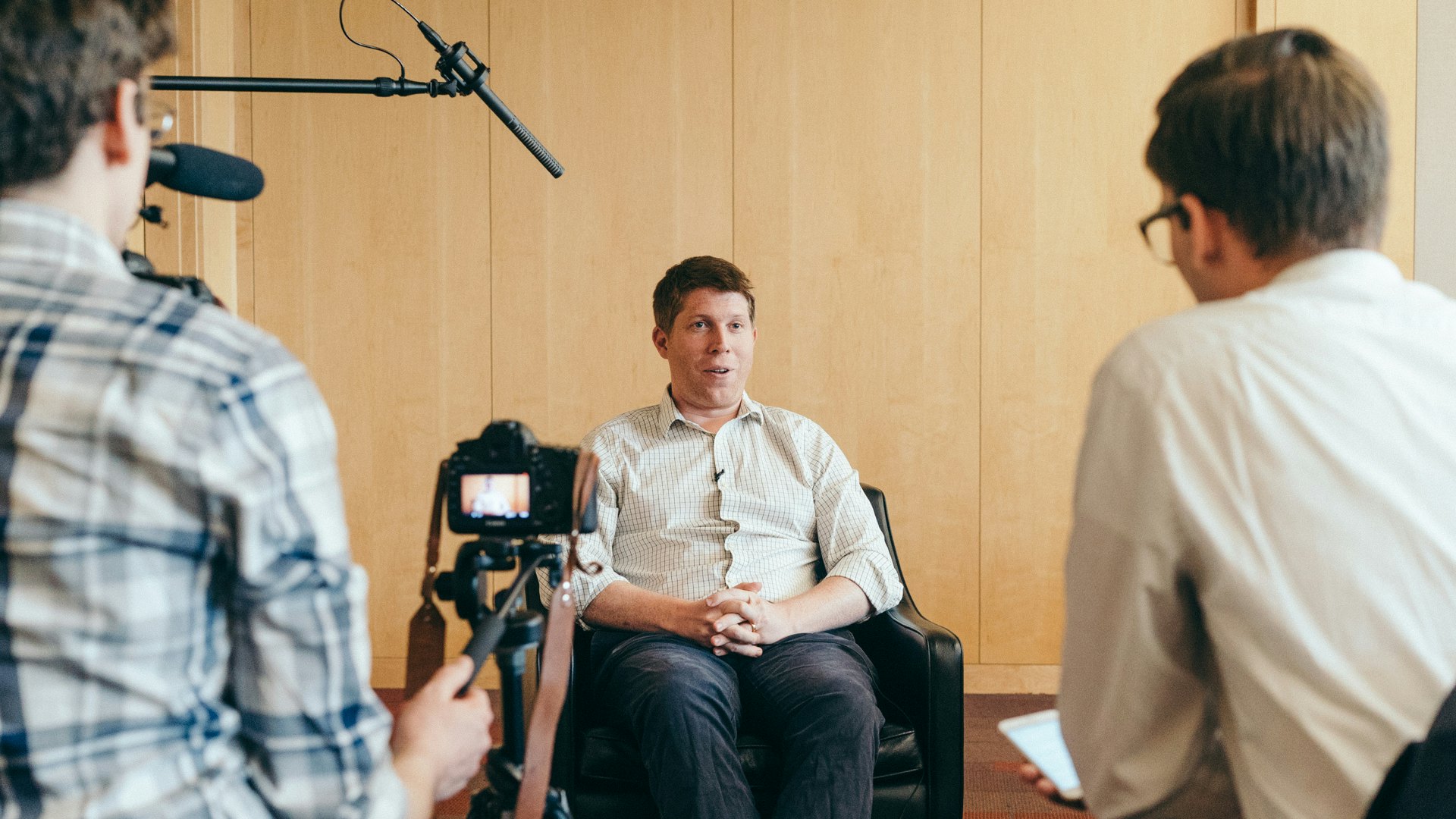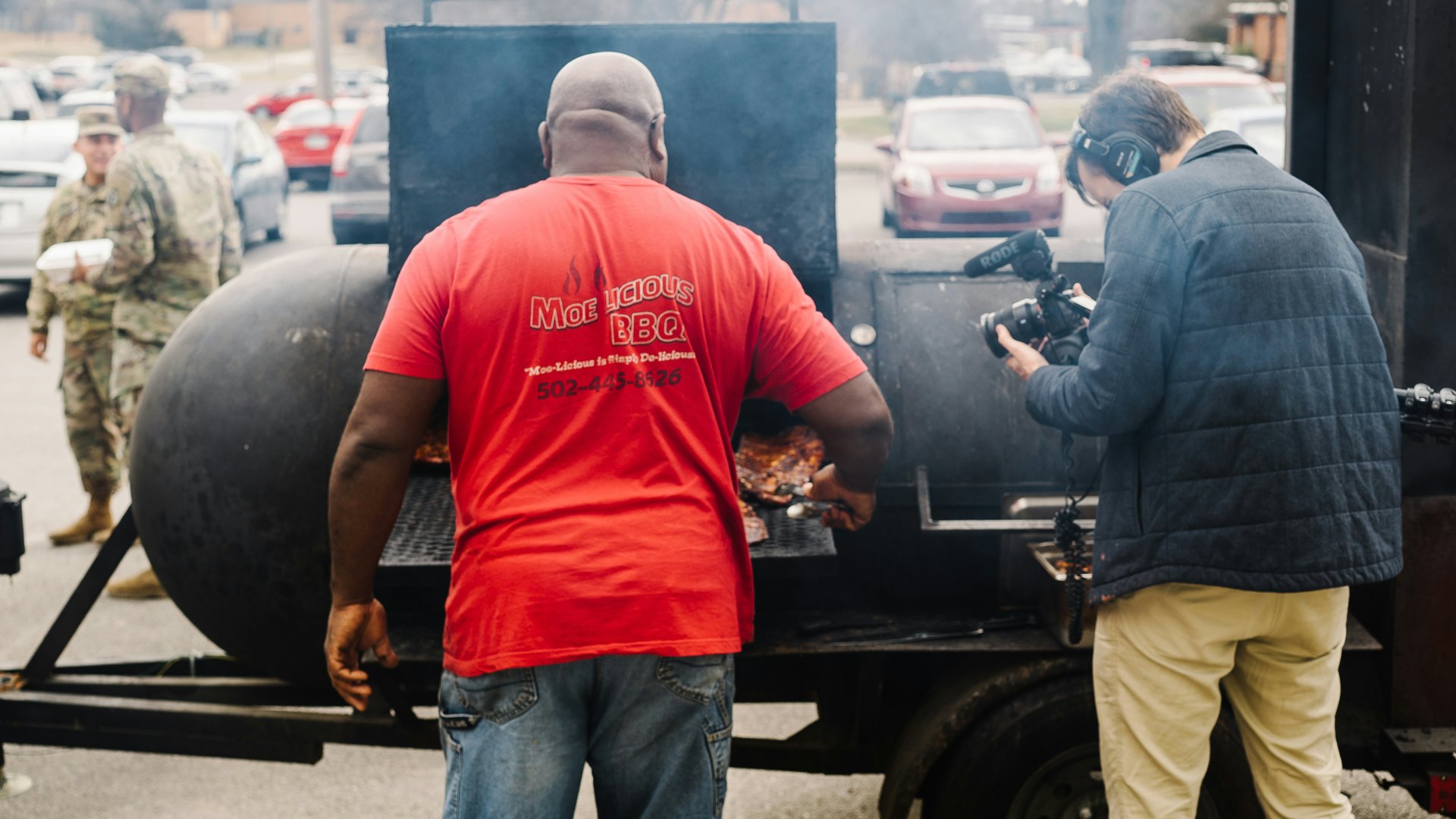Three Ways To Tell The Story Of Your Organization
Storytelling can move, mobilize, and motivate people toward change and action. However, learning where to start using storytelling in your organization might feel like a challenge. The reality is you’ve already done the hard part. You’ve created or landed a job at an organization that is doing amazing work in your community. You are proud of the work you and your team do every day. You feel like you are really making an impact in the world. There is just one problem…No one else knows about it. No one is hearing your story.
You have come to the realization that many organizations are coming to these days: storytelling is a must. But where do you start? What story should you focus on? At Access Ventures we have made storytelling an integral part of our company from the beginning and we would encourage other organizations to do the same. We have found storytelling to be a great way to capture and show the impact of our work that is generally unquantifiable and it has led to several meaningful relationships and business leads along the way. At the end of the day, no matter how much impact your organization is making, if no one else knows about it then it is hard to grow and broaden your impact. Compiled below are three ways to start telling your organization’s story today.

Focus On People
The heart of every business or organization is the people in it. This is what makes different entities unique and why focusing on the people is a successful way to make a story stand out from the rest. As humans, we are drawn to human-centered stories because we can relate to them on a personal level. Think about the last commercial you saw that moved you. Chances are it didn’t start with the logo of the company or a direct pitch to buy a product, but rather a personal story that pulled on your heartstrings. Only at the end do you find out what company is being advertised. Developing empathy for the main subject in your story is the best way to make your intended audience feel what you want them to feel, and hopefully, lead to the action you are hoping to create.
Quality Over Quantity
Sometimes less is more. When you get started telling the story of your organization you may want to try and pump out as much content as possible, but this may not necessarily be best. Sometimes the best stories take time to tell and it usually better to take the time to do it right. Another way to create quality is to make storytelling an organizational priority, not just for the marketing person, but for every employee. If everyone is expected to contribute ideas and efforts then there will be a higher success rate in your storytelling efforts.

Lastly, create quality storytelling by not being afraid to spend money on it. You don’t have to blow up your organization’s budget, but it is unrealistic to expect high returns on your storytelling efforts without investing at least a little bit into it. Some of the things that we use every day in our storytelling efforts are digital cameras, the Adobe Creative Suite, Buffer and YouTube. What is the next step your team can take to step the storytelling game? Is it investing in a nicer digital camera that can shoot high-quality video? Is it investing in new computer software? Maybe it is a new hire. Every organization will look different, but it is important to take that first step towards better quality. You won’t regret it.
Storytelling can move, mobilize, and motivate people toward change and action.
Make It Visual
Our world is becoming increasingly visual-driven and your storytelling should be as well. At Access Ventures we like to use photo and video narrativesto tell the stories of the organizations and partners we work with. We have done everything from short form documentary style videos to photo-driven question and answer blog posts to fireside chat style educational videos. We are constantly learning and trying to make improvements. Developing visual content that depicts the impact of your organization helps your audience to develop empathy and feel more passionate about what you are telling them. This same idea works for social media as well. We have seen that our social content that includes photos or videos out performs our non-visual content by a significant amount.
No matter where you or your organization are in your storytelling journey, the important thing to do it just take the next step. Find the people who are impacted most by your work; figure out what stories you should be spending your time on and make a budget to accomplish that; start capturing photos and videos with the equipment you have on hand now and work towards making that new hire or purchasing that better equipment when the time comes.
At the end of the day, it is about sharing your impact with your audience so they can connect to your mission, support your organization, and join you in creating more impact in the world.



